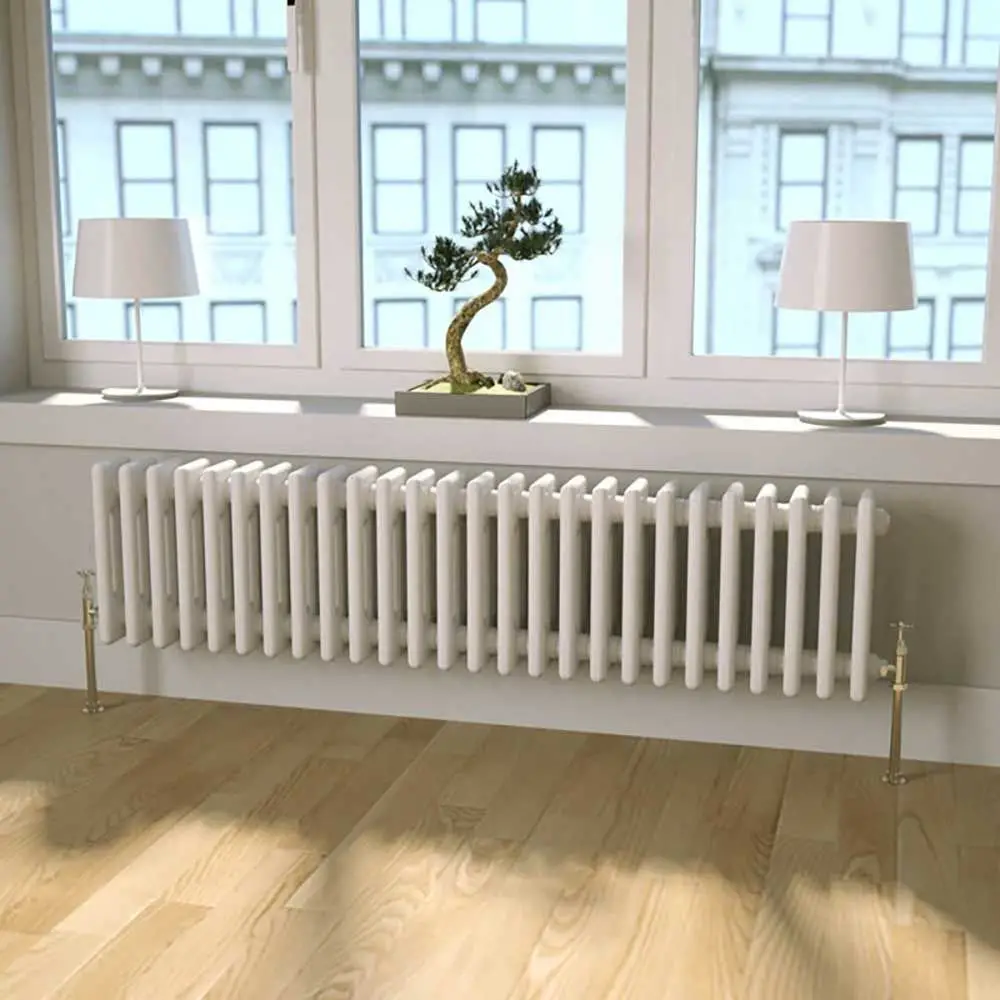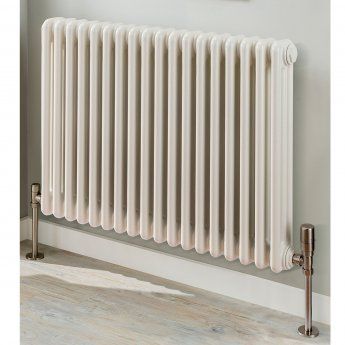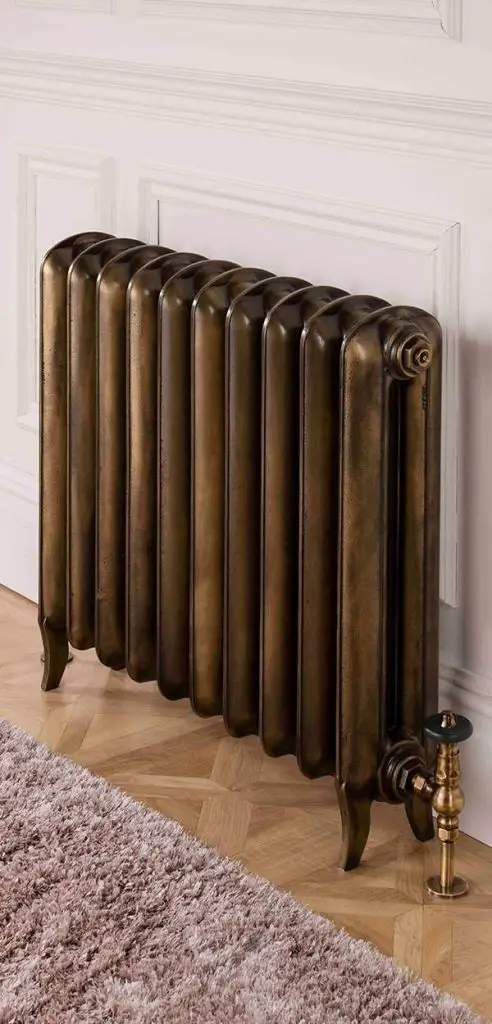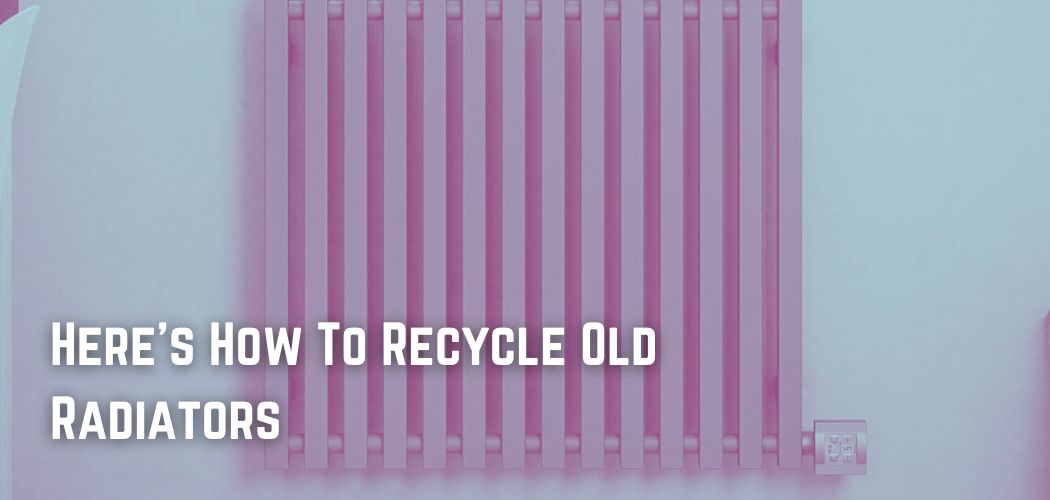According to the Sustainable Energy Authority of Ireland (SEAI), home heating accounts for almost two-thirds of yearly household energy expenses, with the majority of costs happening during the winter.
To save money, minimize their carbon footprint, and contribute to a cleaner, greener environment, which is essential for future human survival on Earth, many individuals are attempting to reduce the amount of energy used in their houses.
It is crucial to remember that radiators are simply massive metal objects. Even though they are mostly made of metal, they are covered with a small amount of paint.
Metal ranks first among recyclable materials in terms of its recyclable potential. Most locations have little difficulty recycling it.
Remember that metal recycling also reduces the industry’s demand for new metal production. Recycling metals is far more environmentally friendly than mining for new metals.
Recycling metal makes less pollution than making new metal, so recycling your radiators is a good way to help the environment.
You can also recycle residential radiators in a scrap metal yard. If your radiators are still in good shape, you may be able to sell them to a facility in need of radiators for elderly residents.

On the other hand, there is a restricted market for old radiators. When a radiator fails, most people opt to replace it with a new system rather than attempt to repair it.
A house radiator is used for heating as opposed to an automobile radiator, which aids in vehicle cooling. The central boiler that supplies hot water or steam to the radiator is connected to them.
Space is warmed as a result of the heat’s radiation. Domestic radiators date to the mid-19th century.
Better heating options, like heat pumps, took their place around the middle of the 20th century. Radiators are primarily built of cast iron, though other metals can be used.
Can Be Sold As Scrap
Radiators are composed of a variety of metals, some of which are quite worthless.
Selling scrap metal such as mild steel, heavy steel, and cast iron will not provide a substantial profit, and you may spend more time getting to and from the scrapyard.
In contrast, copper and brass attract higher prices. Brass is usually worth between $2.00 and $2.50 per kilogram, but the value of copper depends on what kind it is.
On the market, a kilogram of heavy copper may get up to $5! Brass and copper are better materials than stainless steel, even though they cost about the same.
You’ll be lucky to receive $1 per kilogram of stainless steel scrap for your old equipment. Cast iron is normally priced between 10 cents and 25 cents per kilogram.
How Can A Car Radiator Be Recycled?
If you took your radiator out yourself and are looking for a place to throw it away, you should do a few things. Before recycling your radiator, you must ensure that all coolant has been removed.
Antifreeze can be dangerous for people and animals, which is bad for the environment. There are numerous methods for recycling antifreeze.
Once you have an empty radiator, use the telephone or the Internet to determine if a local scrap yard will accept it. The majority of the time, they should purchase it from you, particularly if metal prices are high, but there are no promises.

If there are numerous metal recycling companies in your area, you may want to shop around for the best pricing. Certain businesses make it abundantly evident that they recycle radiators.
For example, a website has a long list of car parts, like radiators, that can be recycled. They list their prices on their website and are open six days a week, making it a very convenient place to sell your radiator and other valuable auto parts.
Rockaway says that a radiator should be taken to a scrap yard without any plastic on it. Thus, the radiator can be sold as a pure aluminum sheet, which will command a higher price than other grades of aluminum.
Even if your local recycling center has a metal recycling bin, it is unlikely that it will accept radiators. The radiator can also be recycled at an auto repair shop or auto parts store.
If they do not accept radiators for recycling, they may be able to direct you to a facility that does.
Are They Recyclable?
As stated previously, the technique for recycling radiators and other metals is pretty simple. The radiator will be added to a crate of mixed metals at a recycling facility.
Prior to recycling, they will separate the metals. The metals will then be reduced to fine powder. It is a common way to do things because it is easy to do and uses fewer resources than any other way.
Once the metal is reduced to a powder, it will be crushed into various shapes. The facility will next heat the metal to an extremely high temperature.
They will add chemicals to the molten metal to get rid of any impurities that are still there. The molten metal is poured into various molds and allowed to cool as the last phase. After being shaped, the metals will be sold to organizations that demand them.
Can Electric Radiators Be Recycled?
Specific considerations must be made while recycling obsolete electric radiators. Electrical equipment that isn’t recycled or thrown away in the wrong way can end up in landfills all over the world, which is bad for the environment and people’s health.

Electric equipment, such as heaters, can leak harmful compounds. This subsequently contaminates the water and soil in the area.
Conclusion
Radiators can be recycled without difficulty. To recycle it, you must visit your local recycling facility. The environment will appreciate it if you recycle radiators rather than throw them away.
The vast majority of radiator components can be reused or repurposed. Therefore, it is among the most environmentally friendly products.
The recycling center will not accept any items that have not been cleaned and drained prior to their arrival.





